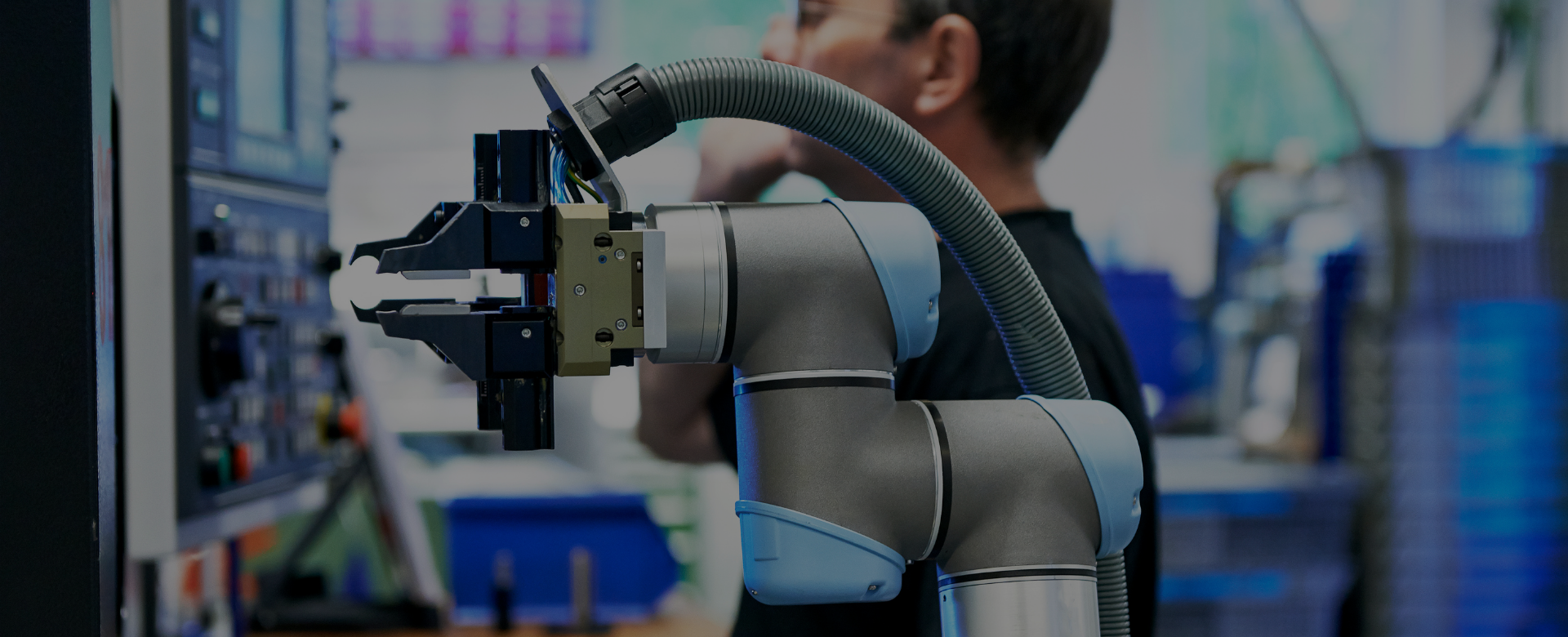Automation of tasks requiring precision – an opportunity for midsized companies
The current advanced level of automation of a simple production process that already exists is a step in the right direction. It opens up an opportunity in the world market for midsized companies and offers manufacturing brands an attractive alternative to moving production facilities to low-cost countries. For tasks that require a high level of precision, however, the sensitive touch of the human hand has long been essential and that can be problematic when that is exactly what is in short supply – qualified personnel. At the same time, production environments, as production runs get shorter and shorter, are becoming increasingly less standardized and require more adaptable and more intelligent robotic systems.
Force/torque sensors close this gap because they give industrial robots a sense of touch. Robotic arms equipped with haptic sensors are capable of perceiving the slightest resistance or pressure and that means that robots are no longer limited to moving between preprogrammed points, but can adapt to their movements and environment in real-time instead.
For example, if a packaging application is required so that standard-sized products of exactly the same size can be placed into an equally standard sized carton, even if the carton is not well-positioned, then it is enough to preprogram the corresponding positions and movements into the robot, which then carries out the exact same sequence over and over again. However, this changes drastically when the task is no longer to package standardized products but rather those of different customized sizes – which is increasingly the case. This cannot be done with preprogrammed positions.
The capability of haptic sensors to precisely measure force, however, allows robots to perceive even the slightest resistance in each work step, giving them the sense of touch required to adapt its movements in real-time – thereby making it ideal for running applications such as stacking and packing objects or products with different dimensions and weights. This means that short production runs can be easily automated without the need to reprogram the robot every time the size of the product packaging changes.
Force/torque sensors, therefore, make it possible to use industrial robots for production tasks for which the sensitivity of human hands has always been essential, helping companies to increase their efficiency and productivity even in these areas – a central factor in future readiness for both global and local competition. For companies, this is one way to react to increasing demands without significant added costs.












